If your breathing stops and starts again and again during sleep, you may be suffering from sleep apnea. People who snore loudly tend to have it as well. Sleep apnea can make you feel tired throughout the day, even after a full night’s sleep. It can cause daytime sleepiness too. This is a potentially serious disorder if left untreated.
However, in this blog, we will understand all about sleep apnea diagnosis. From symptoms, causes, risk factors, to some simple ways to cure it, we are going to cover it all. Also, you will learn some simple home remedies for sleep apnea so you can have your long-lost good night’s sleep.
What Causes Sleep Apnea?
Sleep apnea takes place due to several factors. In adults, obstructive sleep apnea is mainly caused by excess weight. Obesity is usually linked with soft tissues around the mouth and the throat region. These soft tissues can block the airways during sleep when your throat muscles and the tongue are relaxed. Also, poor sleeping habits can aggravate your sleep apnea, such as sleeping on your back without proper support to your neck.
However, sleep apnea diagnosis can happen with the test Polysomnography or PSG, otherwise known as a sleep study. Now, this test generally takes place when the patient is asleep at a laboratory. PSG assesses their brain waves, breathing, heart rate, blood oxygen levels, and eye and leg movements.
Sleep Apnea Diagnosis and your Heart Health
Since sleep apnea is associated with poor oxygen circulation in the blood, it affects the sleeper’s blood pressure, and therefore can cause various cardiovascular disorders. Having obstructive sleep apnea is known to increase the sleeper’s risk of developing hypertension or high blood pressure.
Moreover, the possibility of recurrent heart attacks is also more. Sleep apnea is also linked with atrial fibrillation, a type of abnormal heartbeat. Before the disorder gets that bad, it is suggested you visit the doctor and cure your condition.
Sleep Apnea Risk factors
You must understand the risk factors responsible for sleep apnea. This way, you’ll realize the dangers and the ways to control it. Here are the factors that increase the risk of sleep apnea. Try avoiding them to do your part towards your sleep apnea diagnosis.
- Obesity: Fat along the upper airway can cause difficulty in breathing by blocking the breath.
- Uncomfortable pillow and mattress: If your pillows or mattress is sagging and does not elevate you slightly, then you run the risk of developing sleep apnea.
- Age: Sleep apnea is more common in older people than younger ones.
- Excessive drinking: Since drinking can relax the throat muscles, the chance of it obstructing your breathing during sleep is relatively high.
- Smoking: According to research, people who smoke are three times more likely than people who do not smoke to develop sleep apnea.
- Allergies: Nasal allergies can cause difficulty in breathing during sleep.
Check out the case study on Rising Cases of Sleep Apnea in India
Symptoms and Signs of Sleep Apnea
The most common symptoms of this potentially serious sleep disorder include loud snoring, morning headaches, daytime sleepiness, waking up with sore throat, and mood swings. Understanding these signs helps in quicker sleep apnea diagnosis. Furthermore, you are also likely to experience a lack of energy or zeal to do anything throughout the day because of the poor sleep you are getting owing to sleep apnea.
Let us now look at the symptoms and signs of sleep apnea that will help you identify it. The general symptoms of sleep apnea include the following:
- Loud snoring
- Going breathless during sleep
- Waking up gasping for air
- Waking up with an open mouth that’s dry
- Breathlessness during sleep that’s usually reported by the sleeping partner
- Headache as soon as you wake up
- Difficulty in getting uninterrupted sleep
- Excessive daytime sleepiness, also known as hypersomnia
- Lack of attention and focus
- Restlessness
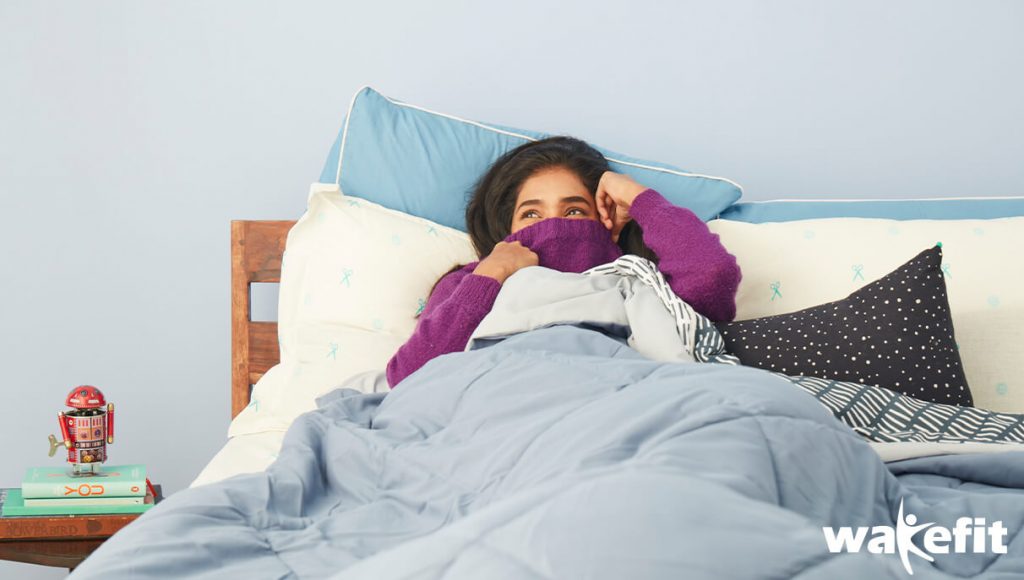
Can Sleep Apnea be Cured?
While you can use sleep appliances to stop breathing problems, they are not your cure. The only proper way to cure sleep apnea is to lose weight or rely on surgery to have it removed. Therefore, to your question, “Can sleep apnea be cured?”, yes it can.
Doctors always suggest losing weight as it can organically remove the excess tissue from your throat and palate. Besides, you can follow some breathing exercises in yoga like bhramari pranayama, sahita pranayama, and drigha. Let’s look at them in detail.
Breathing Exercises for Sleep Apnea
Now that you have to lose weight to cure sleep apnea, you can double the effects by taking control of your breath. These exercises not only allow your breathing to improve while sleeping but also strengthen your internal organs further. This way, you can take charge of your breath during sleep.
Let’s understand the breathing exercises in yoga that helps cure sleep apnea:
1) Bhramari Pranayama
The term ’bhramari’ means the bee breath because you make a buzzing noise as you’re performing yoga. Following such home remedies for sleep apnea can help you massively. Here’s how to do the bhramari pranayama:
- Cross your legs and sit on the floor with your back straight and relaxed.
- Place your index finger in your ear’s cartilage and gently press it.
- Take a deep breath in.
- Now, as you exhale, make a buzzing sound keeping your mouth closed. Try to make the sound louder but without stressing.
- Continue for 10 minutes every day.
2) Sahita Pranayama
The other name of the sahita is ‘suspended breath’ and is one of the powerful breathing exercises in yoga that helps cure sleep apnea. Hence, this is a go-to practice after a sleep apnea diagnosis. Here’s how to perform it:
- Sit in a relaxed way on the floor with legs crossed.
- Take a deep breath and hold until you feel discomfort.
- Exhale normally and not with full force. Stay still for a few seconds and breath in again.
- Continue for 10 minutes every day.
3) Drigha
It is one of the most effective breathing exercises for sleep apnea as it allows maximum oxygen into your lungs. Here’s how to perform the drigha:
- Sit with your back straight and your knees together. You’d be sitting on your heels.
- Breath in deeply and steadily.
- As you breathe, feel the air reach your chest, abdomen, collar bones.
- Exhale slowly to pass out all the stale air.
- Continue for 10 minutes every day.
These exercises help you soothe your condition during sleep apnea diagnosis. Do your part to reduce maximum discomfort as you are losing weight.
Lifestyle Tips and Home Remedies for Sleep Apnea
The ultimate cure for sleep apnea isn’t some fancy activities. Bringing minor tweaks to your lifestyle along as you lose weight is the answer. So, let’s look at what are the small changes that make a huge difference in our sleeping habits. Here are some home remedies for sleep apnea that you can implement and see significant results.
1) Keep a check on your weight
To put it simply, lose weight. Since obesity is one of the major causes of sleep apnea, it is important to deal with that first. Some of the ways are exercising, maintaining a proper diet, and avoiding stress as much as possible. Hence, eating healthy and exercising to lose weight is an important effort during sleep apnea diagnosis.
Now, despite following a fitness regimen, you do not lose weight, then your hormones may have something to do with it. Visit a doctor to know more about it and take better care of yourself.
2) Do the breathing exercises
Yogic breathing exercises also can help prevent sleep apnea. Since sleep apnea and lower levels of oxygen in the blood are related, you can enhance blood circulation through these breathing exercises, and by doing so, prevent breathlessness during sleep.
3) Correct your sleeping position
The best sleep apnea sleeping position is to sleep on your right side. It soothes your condition and allows you a more gentle and free flow of breathing. It boosts your blood flow while reducing your snoring. Here’s a detailed guide on sleeping positions.
4) Invest in a pillow for sleep apnea
A memory foam pillow is an ideal pick as it will slightly lift up your head so that there is no obstruction to your breathing. Wakefit’s sleeping pillow not only prevents snores but also is hypoallergenic, thus preventing nasal allergies. This pillow for sleep apnea will keep dust away from both its surface as well as its layers.
You can buy this pillow here. Also, the ideal pillow will help you maintain the correct sleep apnea sleeping position with proper neck support.
These are small-yet-effective preventive steps that will help you fight sleep apnea. However, don’t forget that the only cure for sleep apnea diagnosis is to lose weight. Or else, rely on surgery to the excess tissue removed. Visit a health practitioner as soon as possible to cure this condition.
Do not take this disorder lightly, as obstructive sleep apnea is even known to be a cause of death.
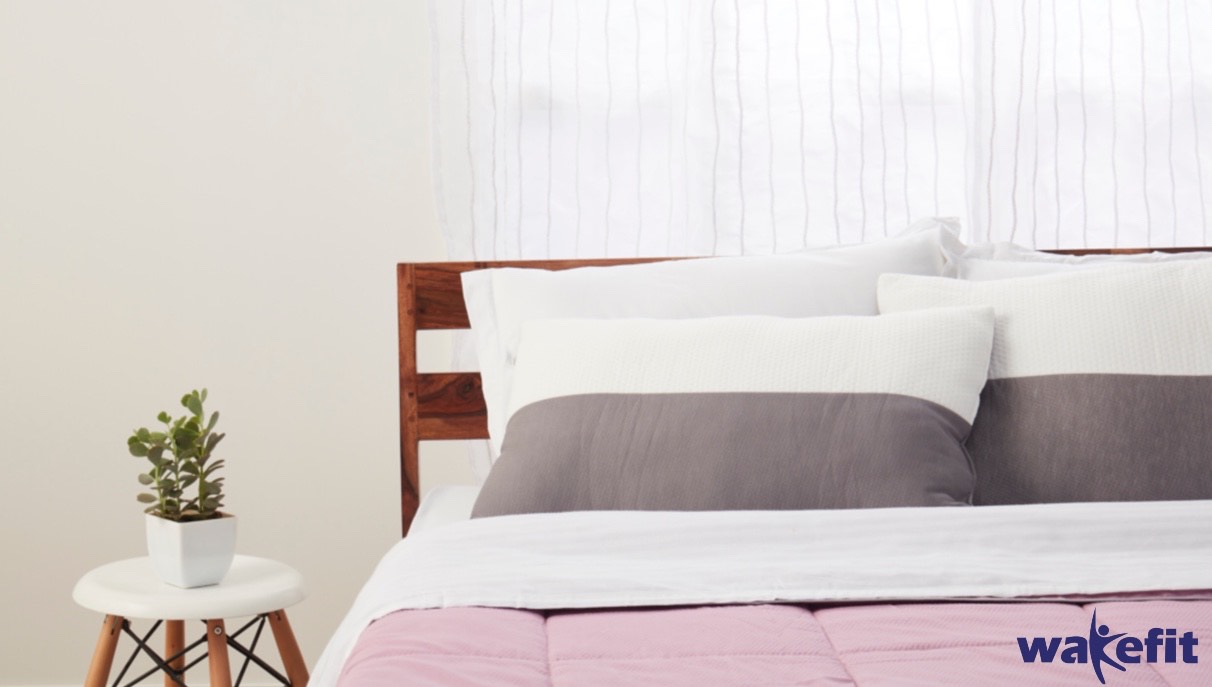
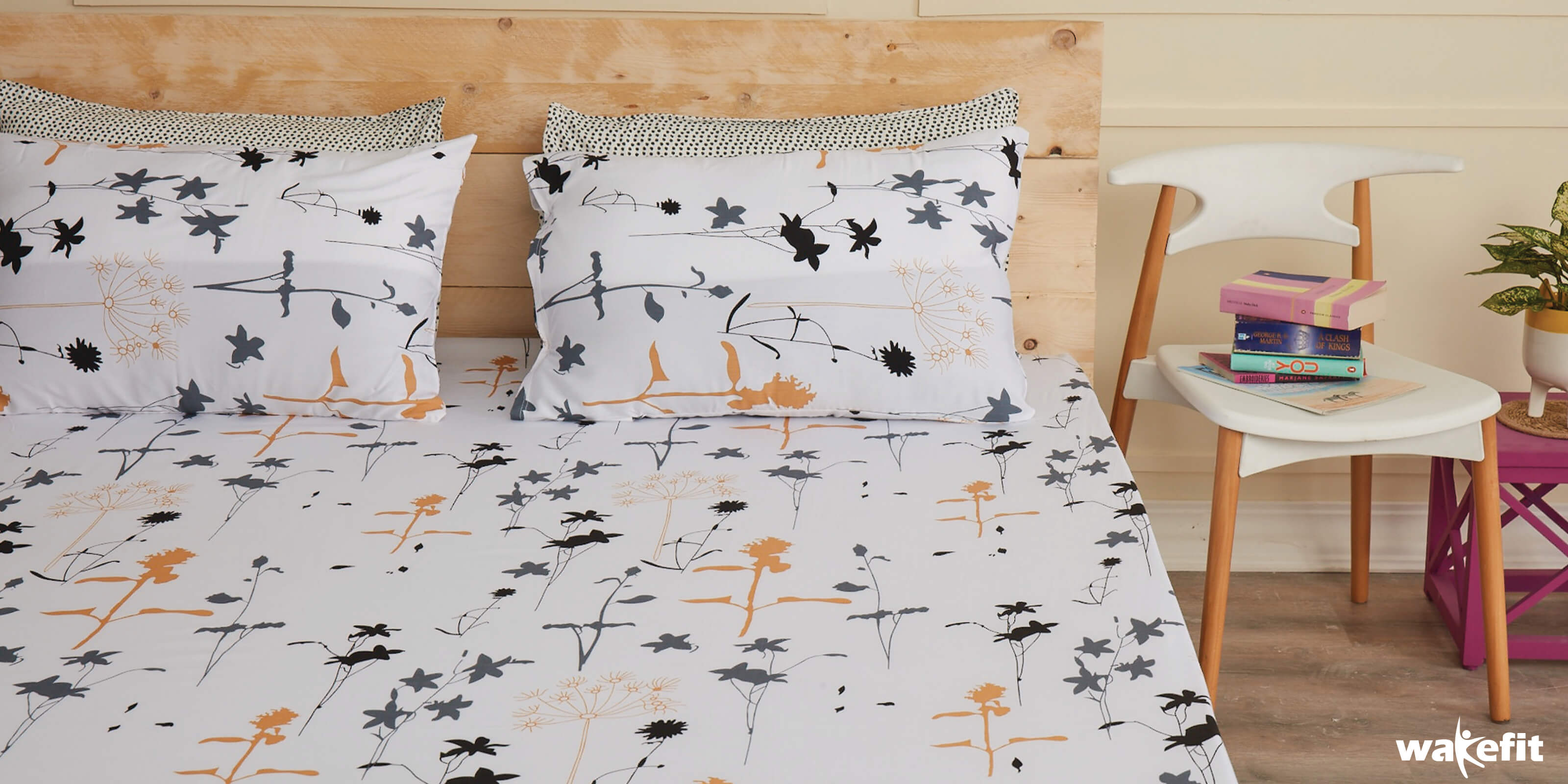
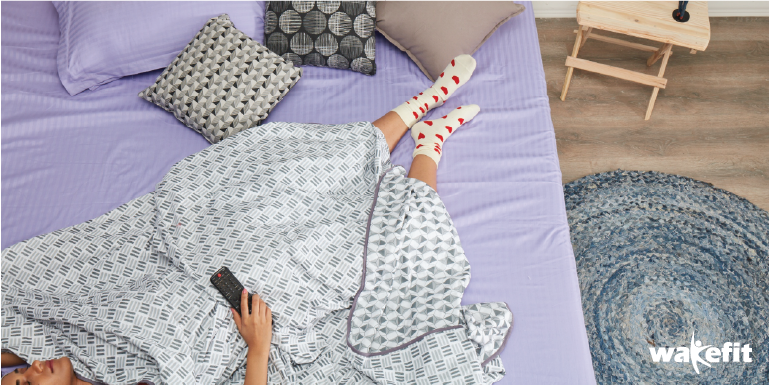
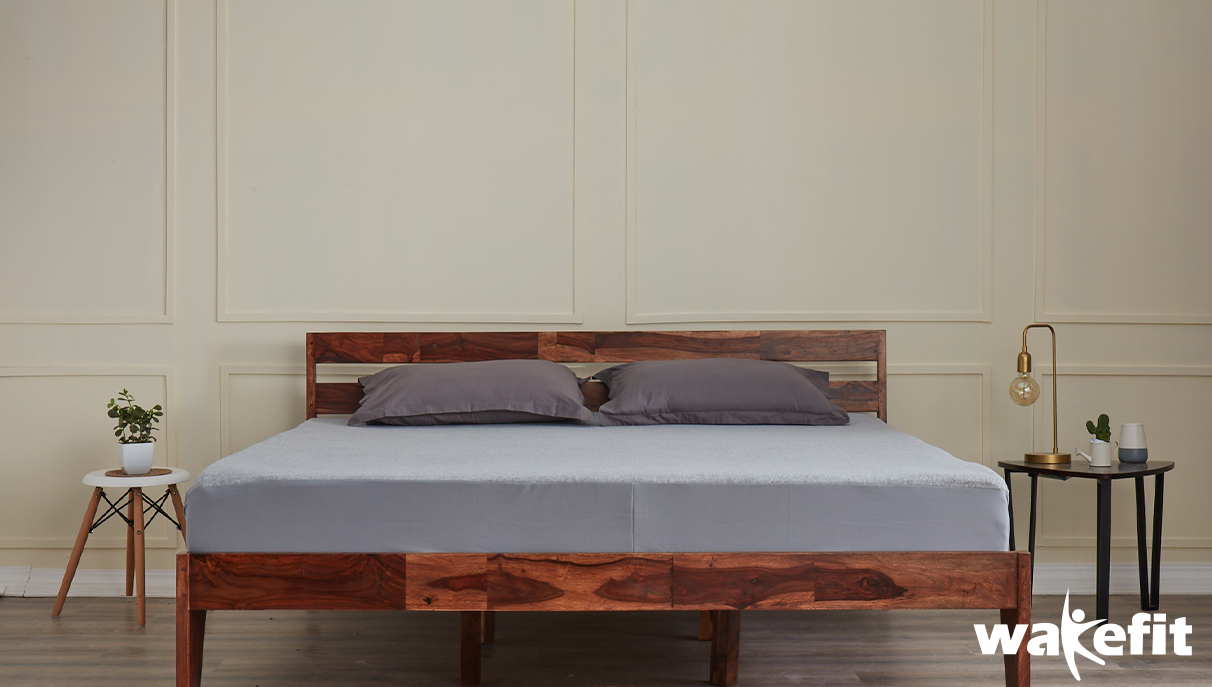
No Comments